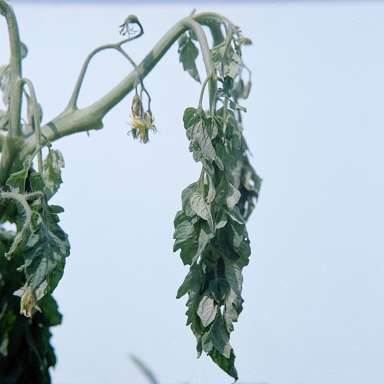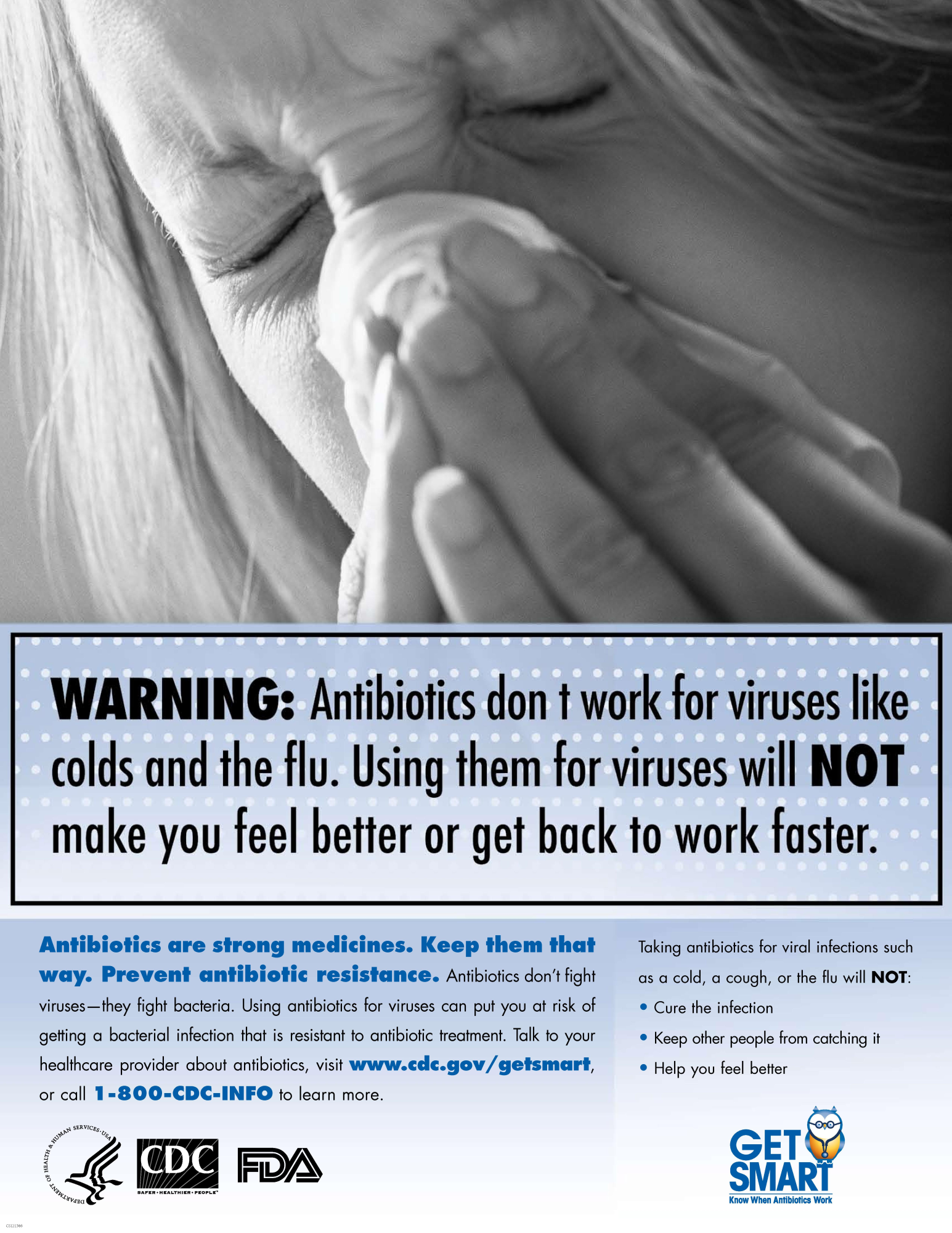|
Validamycin
Validamycin is an antibiotic and fungicide produced by ''Streptomyces hygroscopicus''. It is used as an inhibitor of trehalase. It is used for the control of sheath blight of rice and damping-off of cucumbers. See also *Ralstonia solanacearum ''Ralstonia solanacearum'' is an aerobic non-spore-forming, Gram-negative, plant pathogenic bacterium. ''R. solanacearum'' is soil-borne and motile with a polar flagellar tuft. It colonises the xylem, causing bacterial wilt in a very wide ran ... References {{reflist Amino sugars Oligosaccharides Cyclitols Antibiotics Fungicides Cyclohexenes ... [...More Info...] [...Related Items...] OR: [Wikipedia] [Google] [Baidu] |
Streptomyces Hygroscopicus
''Streptomyces hygroscopicus'' is a bacterial species in the genus '' Streptomyces''. It was first described by Hans Laurits Jensen in 1931. Biochemistry Cultures of different strains of ''S. hygroscopicus'' can be used to produce several chemical compounds or enzymes. Small molecules Immunosuppressants Sirolimus (also known as rapamycin) is an antifungal and immunosuppressant that has been isolated from ''S. hygroscopicus'' from soil samples from Easter Island. Ascomycin is another immunosuppressant produced by some strains of ''S. hygroscopicus;'' it has a similar structure to sirolimus and can be used to treat autoimmune diseases and skin diseases and can help prevent rejection after an organ transplant. Antibiotics The antibiotics geldanamycin, hygromycin B, nigericin, validamycin, and cyclothiazomycin are found in ''S. hygroscopicus''. Experimental cancer drugs Indolocarbazoles can be found in ''S. hygroscopicus'' . Anthelmintics and insecticides Mi ... [...More Info...] [...Related Items...] OR: [Wikipedia] [Google] [Baidu] |
Antibiotic
An antibiotic is a type of antimicrobial substance active against bacteria. It is the most important type of antibacterial agent for fighting pathogenic bacteria, bacterial infections, and antibiotic medications are widely used in the therapy, treatment and antibiotic prophylaxis, prevention of such infections. They may either bactericide, kill or bacteriostatic agent, inhibit the growth of bacteria. A limited number of antibiotics also possess antiprotozoal activity. Antibiotics are not effective against viruses such as the ones which cause the common cold or influenza. Drugs which inhibit growth of viruses are termed antiviral drugs or antivirals. Antibiotics are also not effective against fungi. Drugs which inhibit growth of fungi are called antifungal drugs. Sometimes, the term ''antibiotic''—literally "opposing life", from the Greek language, Greek roots ἀντι ''anti'', "against" and βίος ''bios'', "life"—is broadly used to refer to any substance used against ... [...More Info...] [...Related Items...] OR: [Wikipedia] [Google] [Baidu] |
Fungicide
Fungicides are pesticides used to kill parasitic fungi or their spores. Fungi can cause serious damage in agriculture, resulting in losses of yield and quality. Fungicides are used both in agriculture and to fight fungal infections in animals, including humans. Fungicides are also used to control oomycetes, which are not taxonomically/genetically fungi, although sharing similar methods of infecting plants. Fungicides can either be contact, translaminar or systemic. Contact fungicides are not taken up into the plant tissue and protect only the plant where the spray is deposited. Translaminar fungicides redistribute the fungicide from the upper, sprayed leaf surface to the lower, unsprayed surface. Systemic fungicides are taken up and redistributed through the xylem vessels. Few fungicides move to all parts of a plant. Some are locally systemic, and some move upward. Most fungicides that can be bought retail are sold in liquid form, the active ingredient being present at 0.08% i ... [...More Info...] [...Related Items...] OR: [Wikipedia] [Google] [Baidu] |
Trehalase
The enzyme Trehalase is a glycoside hydrolase, produced by cells in the brush border of the small intestine, which catalyzes the conversion of trehalose to glucose. It is found in most animals. The non-reducing disaccharide trehalose (α-D-glucopyranosyl-1,1-α-D-glucopyranoside) is one of the most important storage carbohydrates, and is produced by almost all forms of life except mammals. The disaccharide is hydrolyzed into two molecules of glucose by the enzyme trehalase. There are two types of trehalases found in ''Saccharomyces cerevisiae'', viz. neutral trehalase (NT) and acid trehalase (AT) classified according to their pH optima NT has an optimum pH of 7.0, while that of AT is 4.5. Recently it has been reported that more than 90% of total AT activity in S. cerevisiae is extracellular and cleaves extracellular trehalose into glucose in the periplasmic space. Trehalose hydrolysis One molecule of trehalose is hydrolyzed to two molecules of glucose by the enzyme trehalase. ... [...More Info...] [...Related Items...] OR: [Wikipedia] [Google] [Baidu] |
Journal Of Bioscience And Bioengineering
The ''Journal of Bioscience and Bioengineering'' is a monthly peer-reviewed scientific journal. The editor-in-chief is Noriho Kamiya (Kyushu University). It is published by The Society for Biotechnology, Japan and distributed outside Japan by Elsevier. It was founded in 1923 as a Japanese-language journal and took its current title in 1999. Abstracting and indexing The journal is abstracted and indexed in: According to the ''Journal Citation Reports'', the journal has a 2017 impact factor The impact factor (IF) or journal impact factor (JIF) of an academic journal is a type of journal ranking. Journals with higher impact factor values are considered more prestigious or important within their field. The Impact Factor of a journa ... of 2.0.15. References {{Reflist, 30em External links Official Journal of Bioscience and Bioengineering websiteElsevier academic journals.com: Journal's details Biotechnology journals Biological engineering Biology education English-language jou ... [...More Info...] [...Related Items...] OR: [Wikipedia] [Google] [Baidu] |
Sheath Blight Of Rice
Rice-sheath blight is a disease caused by ''Rhizoctonia solani'' (teleomorph is '' Thanetophorus cucumeris''), a basidiomycete, that causes major limitations on rice production in India and other countries of Asia. It is also a problem in the southern US, where rice is also produced. It can decrease yield up to 50%, and reduce its quality. It causes lesions on the rice plant, and can also cause pre- and post-emergence seedling blight, banded leaf blight, panicle infection and spotted seed. Disease cycle Infected plants develop circular or oblong lesions, usually green-gray and water-soaked, on their lower leaves, normally in the late tillering or early internode elongation stage of growth. Under favorable conditions of high humidity and low sunlight, the lesions spread and reach the upper part of the plant using runner hyphae. When there is leaf dieback and sun can penetrate and dry the lesions, they turn tan with a brown border. The sclerotia are produced near the infection in ... [...More Info...] [...Related Items...] OR: [Wikipedia] [Google] [Baidu] |
Ralstonia Solanacearum
''Ralstonia solanacearum'' is an aerobic non-spore-forming, Gram-negative, plant pathogenic bacterium. ''R. solanacearum'' is soil-borne and motile with a polar flagellar tuft. It colonises the xylem, causing bacterial wilt in a very wide range of potential host plants. It is known as Granville wilt when it occurs in tobacco. Bacterial wilts of tomato, pepper, eggplant, and Irish potato caused by ''R. solanacearum'' were among the first diseases that Erwin Frink Smith proved to be caused by a bacterial pathogen. Because of its devastating lethality, ''R. solanacearum'' is now one of the more intensively studied phytopathogenic bacteria, and bacterial wilt of tomato is a model system for investigating mechanisms of pathogenesis. ''Ralstonia'' was until recently classified as ''Pseudomonas'', with similarity in most aspects, except that it does not produce fluorescent pigment like ''Pseudomonas''. The genomes from different strains vary from 5.5 Mb up to 6 Mb, roughly being 3.5 ... [...More Info...] [...Related Items...] OR: [Wikipedia] [Google] [Baidu] |
Amino Sugars
In organic chemistry, an amino sugar is a sugar molecule in which a hydroxyl group has been replaced with an amine group. More than 60 amino sugars are known, with one of the most abundant being ''N''-acetyl--glucosamine (a 2-amino-2-deoxysugar), which is the main component of chitin Chitin (carbon, C8hydrogen, H13oxygen, O5nitrogen, N)n ( ) is a long-chain polymer of N-Acetylglucosamine, ''N''-acetylglucosamine, an amide derivative of glucose. Chitin is the second most abundant polysaccharide in nature (behind only cell .... Derivatives of amine containing sugars, such as N-acetylglucosamine, ''N''-acetylglucosamine and sialic acid, whose Nitrogen, nitrogens are part of more complex functional groups rather than formally being amines, are also considered amino sugars. Aminoglycosides are a class of antimicrobial compounds that inhibit bacterial protein synthesis. These compounds are conjugates of amino sugars and aminocyclitols. Synthesis From glycals Glycals are cycli ... [...More Info...] [...Related Items...] OR: [Wikipedia] [Google] [Baidu] |
Oligosaccharides
An oligosaccharide (; ) is a saccharide polymer containing a small number (typically three to ten) of monosaccharides (simple sugars). Oligosaccharides can have many functions including cell recognition and cell adhesion. They are normally present as glycans: oligosaccharide chains are linked to lipids or to compatible amino acid side chains in proteins, by ''N''- or ''O''- glycosidic bonds. ''N''-Linked oligosaccharides are always pentasaccharides attached to asparagine via a beta linkage to the amine nitrogen of the side chain.. Alternately, ''O''-linked oligosaccharides are generally attached to threonine or serine on the alcohol group of the side chain. Not all natural oligosaccharides occur as components of glycoproteins or glycolipids. Some, such as the raffinose series, occur as storage or transport carbohydrates in plants. Others, such as maltodextrins or cellodextrins, result from the microbial breakdown of larger polysaccharides such as starch or cellulose. Gly ... [...More Info...] [...Related Items...] OR: [Wikipedia] [Google] [Baidu] |
Cyclitols
In organic chemistry, a cyclitol is a cycloalkane containing at least three hydroxyl, each attached to a different ring carbon atom. The general formula for an unsubstituted cyclitol is or where 3 ≤ ''x'' ≤ ''n''. The name is also used for compounds that can be viewed as result of substituting various functional groups for the hydrogen atoms in such a molecule, as well as similar molecules with one or more double bonds in the ring. Cyclitols and their derivatives are some of the osmoprotectant, compatible solutes which are formed in a plant as a response to salt or water stress. Some cyclitols (e.g. quinic acid, quinic or shikimic acid) are parts of hydrolysable tannins. Isomerism and nomenclature Unsubstituted cyclitols with the same ring size and number of hydroxyls may exist in several structural isomers, depending on the position of the hydroxyls along the ring. For example, cyclohexanetriol exists in three distinct isomers (1,2,3-, 1,2,4-, and 1,3,5-). Furthermore, t ... [...More Info...] [...Related Items...] OR: [Wikipedia] [Google] [Baidu] |
Antibiotics
An antibiotic is a type of antimicrobial substance active against bacteria. It is the most important type of antibacterial agent for fighting pathogenic bacteria, bacterial infections, and antibiotic medications are widely used in the therapy, treatment and antibiotic prophylaxis, prevention of such infections. They may either bactericide, kill or bacteriostatic agent, inhibit the growth of bacteria. A limited number of antibiotics also possess antiprotozoal activity. Antibiotics are not effective against viruses such as the ones which cause the common cold or influenza. Drugs which inhibit growth of viruses are termed antiviral drugs or antivirals. Antibiotics are also not effective against fungi. Drugs which inhibit growth of fungi are called antifungal drugs. Sometimes, the term ''antibiotic''—literally "opposing life", from the Greek language, Greek roots ἀντι ''anti'', "against" and βίος ''bios'', "life"—is broadly used to refer to any substance used against ... [...More Info...] [...Related Items...] OR: [Wikipedia] [Google] [Baidu] |
Fungicides
Fungicides are pesticides used to kill parasitic fungi or their spores. Fungi can cause serious damage in agriculture, resulting in losses of yield and quality. Fungicides are used both in agriculture and to fight fungal infections in animals, including humans. Fungicides are also used to control oomycetes, which are not taxonomically/genetically fungi, although sharing similar methods of infecting plants. Fungicides can either be contact, translaminar or systemic. Contact fungicides are not taken up into the plant tissue and protect only the plant where the spray is deposited. Translaminar fungicides redistribute the fungicide from the upper, sprayed leaf surface to the lower, unsprayed surface. Systemic fungicides are taken up and redistributed through the xylem vessels. Few fungicides move to all parts of a plant. Some are locally systemic, and some move upward. Most fungicides that can be bought retail are sold in liquid form, the active ingredient being present at 0.08% i ... [...More Info...] [...Related Items...] OR: [Wikipedia] [Google] [Baidu] |




